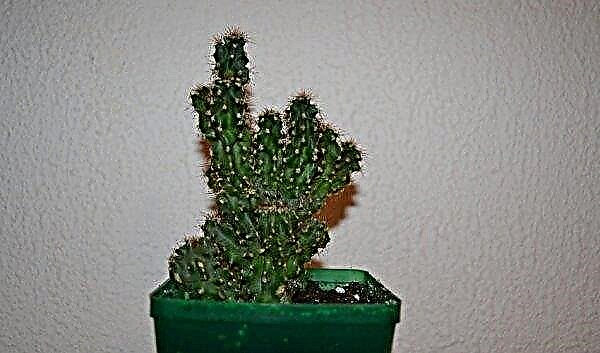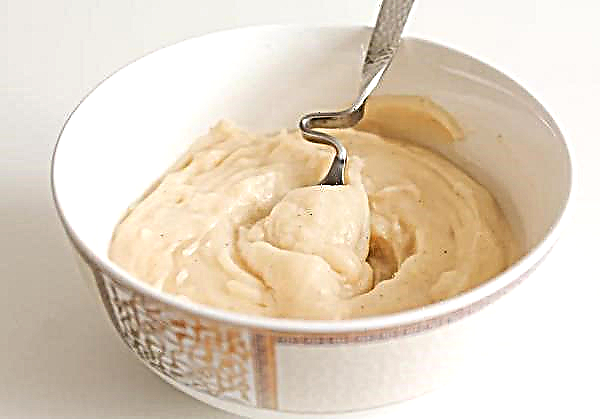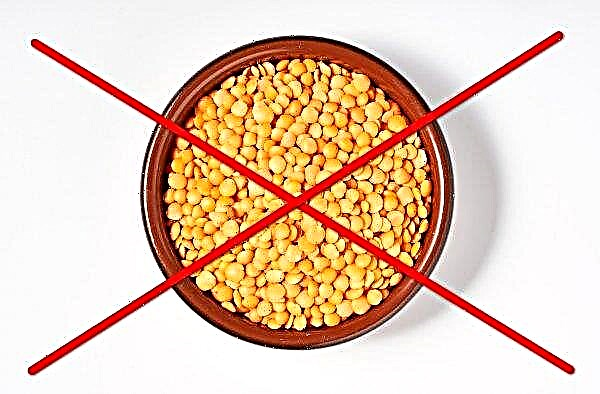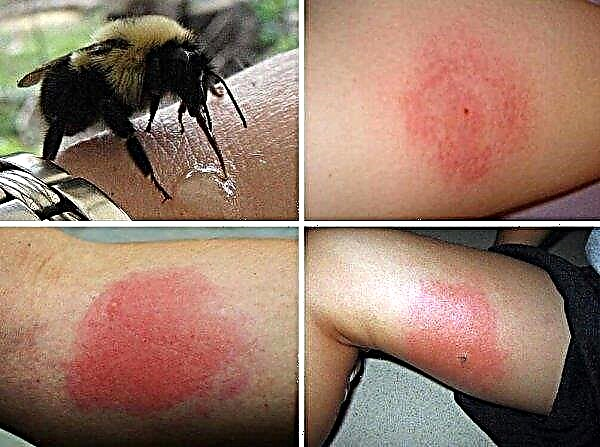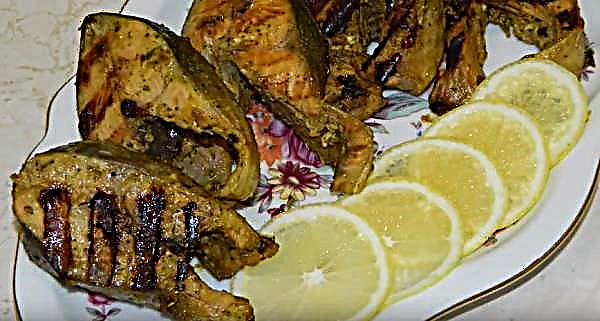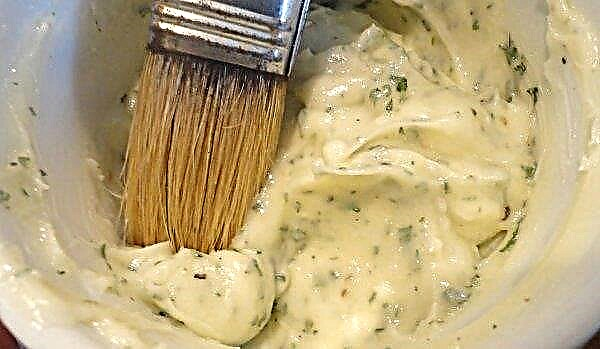Crucian carp is one of the most encountered fish in our reservoirs, and therefore the most anticipated fisherman's trophy. However, not everything is so simple: catching this brisk and careful fish requires knowledge and proper equipment. One of the key elements is the leash, and it will be discussed in the article.
Why you need a leash
A leash is a layering of a fishing thread located between the fishing line and the hook. Almost always, this part of the tackle has less burden and a smaller diameter.
Features of the snap part:
- Protects the fishing line from falling off during heavy catch or snagging in the water.
- Creates the illusion of the natural position of the bait, distracts attention from the main fishing line.
- When fishing for predatory, large fish protects the base from snacking, taking a hit on itself.
- It allows you to quickly change the hook and nozzle.
- Makes tackle more sensitive with a sluggish bite.

Thus, the leash increases the chances of a bite. A careful fish sees the bait, but does not associate it with danger. In clean water, this is a particularly important fact. No less useful element in a muddy pond, and even with an uneven coarse bottom. In the event of a break, it is easier to change a small part of the rod than to lose most of it: fishing line, feeder, sinker.
Did you know? Female carp can spawn with related species, for example, with bream, carp, roach. True, sperm in this case only stimulate the development of eggs, but do not fertilize it.
Leash Options
The length and volume of the fishing line, even its color, depends on the fishing rod and fishing conditions. For a float rod, the length of the branch element is 15-30 cm. The fishing line diameter is 1–1.2 mm less than the main cord. The crucian can throw too short a leash, having felt the resistance of the tackle. An element that is too long will require increased attention to bite, a large distance from the sinker to the bait lubricates it, and the fisherman does not have time to catch the catch.

For a classic feeder, the length of the tooling part is on average 70 cm. Moreover, in standing water the optimal size is 30–50 cm, and in strong currents it is up to 100 cm. The thickness of the fishing line for crucian carp is 0.16 mm. For a regular donka, depending on the topography of the bottom, the length of the lay is taken 30–100 cm, diameter - 0.12–0.14 cm. Another important parameter is strength. If the line can withstand a load of more than 2 kg, it is heavy and noticeable, the bait is fed unnaturally, which will frighten the catch. The ideal parameter is 1.5–1.8 kg.
Important! In each case, you need to try a different length: the crucian can prick on the hook tip and throw the bait, it can feel the tension or pull off the bait and disappear. That is why experienced fishermen use diverse leashes, leaving the most optimal option.
Which line to use
The choice of fishing line determines the place and time of fishing, as well as the design of the fishing rod. Typically, crucian carp choose a thread with a diameter of 0.15-0.18 mm. According to experienced anglers, the length should be, first of all, convenient for casting, fixing the nozzle and the ability to remove the caught fish. Optimally, when the length of the fishing line is 9 parts of the size of the rod.
The main selection criteria:
- strength;
- stealth;
- round section;
- equal diameter over the entire length;
- smooth surface;
- uniform color without bubbles, dark spots, transparency;
- material is not subject to decay.
 The fishing thread, despite the transparency, can be dyed in some tone. There is a variant of the dotted color, where the transparent parts of the thread alternate with dark-colored. In principle, such a fishing line is suitable in any reservoir with bottom drops, with transitions from rocky surfaces to islets of algae.
The fishing thread, despite the transparency, can be dyed in some tone. There is a variant of the dotted color, where the transparent parts of the thread alternate with dark-colored. In principle, such a fishing line is suitable in any reservoir with bottom drops, with transitions from rocky surfaces to islets of algae.
Which shade to choose depends on the fishing conditions:
- day fishing - transparent without color;
- night - any dark shade, blue, brown;
- reservoirs with a swampy, peat bottom - brown;
- river, lake with grassy shoots - green.
Do-it-yourself leash
So, you have decided on the fishing rod, the size of the fishing line and lay, it is time to build it.
Sequencing:
- A piece of fishing line of the proper length is measured.
- A hook will be attached on one side (in detail below).
- From the other end, depending on the method of attachment to the main cord, either a loop is made or a swivel (mini-carabiner) is attached.

Hook connection
First you need to determine the size of the hook: for carp use numbers 4-6. A high-quality tackle element is durable and at the same time a little springy when trying to bend or unbend it. It is best to take a single hook with an eye, it is suitable for different rods.
Did you know? Crucian — one of the few fish that can hibernate in the winter during the freezing of a pond. However, he survives even with complete icing, down to the bottom.
You can knit a knot called "Palamar":
- Make a loop at the end of the fishing line.
- Pass it through the hook ring.
- Wrap three times around the loop section below. Do not tighten the assembly.
- Throw the loop on the tool so that both edges of the fishing line lie on both sides of the part.
- Pull the bottom of the leash gently and firmly.

Second mounting option:
- Thread the end of the line into the ring.
- Twist around its axis 5 times so that an ear from the fishing line is formed at the hook ring.
- Next, pull the tip of the thread into this hole and tighten the knot.
- Cut the sticking out line of the fishing line.
To assemble ready-made leashes in a box with gear. You need to fasten to the main fishing line already on the shore.
Attachment methods to the main fishing line
You can attach to the base of the layering with a simple knot, but if you need to replace it, you will have to cut it.
It is much easier to tie a loop into a loop:
- To do this, knit two loops: at the end of the fishing line and layering.
- Thread a leash into the eye of the base, and the base into the ring of the lay element.
- Gently tighten both sides, forming a knot.

The method is the most popular because it allows you to quickly untie the knot, replace parts if necessary.
Important! You can also connect using swivels, but a large number of nodes reduces the load capacity of the gear.
Technique and tactics of fishing
Crucian carp avoids large water with a strong current, so it can often be found in small rivers or lakes, in ponds. Medium and small fish keep closer to the coastline, large specimens prefer depth.
Favorite places:
- depth differences;
- underwater vegetation;
- trees falling into the water, branches.
 Carp is caught with various tackles, but the most popular is the float fishing rod.
Carp is caught with various tackles, but the most popular is the float fishing rod.
- However, each method has its advantages:
- The feeder makes it possible to fish far from the shore.
- Donka is good in strong winds, it does not blow the current.
- The float is ideal in calm weather, light ripples. It makes you feel good bite.
Experienced fishermen say night fishing is the most effective.. At this time, the fish is not so careful, in addition, she is actively looking for food. The peak of fishing is the morning dawn watch: 4–5 in the morning. One of the main tips: take different options for bait. Before fishing, you definitely need to feed the fish.
Check out

For crucian use:
- compound feed;
- bran;
- millet;
- cake;
- oatmeal;
- peas;
- semolina;
- corn flour.
In spring and summer, animal ingredients are needed, such as maggot, bloodworms, and worms. When conducting fly fishing, lure is thrown in small portions, tossing a little bit from time to time. This approach will keep the fish in place of fishing.
Fishing with long casts of fishing rods involves lure with large balls. The mixture should be well molded so as not to become sour for a long time. The following feed rate is abandoned after the bite ceases, otherwise the fish can be scared.

After biting and hooking, the fish struggles to free itself. You should not immediately drastically drag the prey to you: the hook can break the body of the fish and pop out. It is better to tighten when the individual is exhausted and calms down, especially this rule applies to large specimens.
A few recommendations for catching from experienced anglers:
- The hook is made with a strong, sharp movement, then the hook fits tightly into the body of the fish. If the fishing rod is light, cut with a short wave of the hand.
- Wide swing requires heavy tackle or sagging fishing line.
- High-speed fishing requires immediate hooking as soon as the float jerks.
- At great depths, you need to wait until the fish swallows the bait.
Thus, the leash is an integral part of the rod, which performs several important tasks at the same time. Self-production does not require special skills, but only knowledge of the parameters and installation methods with the rest of the components.

